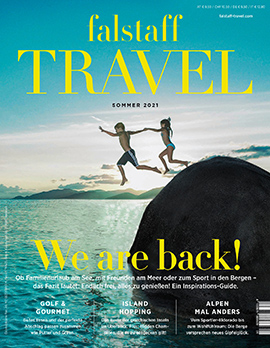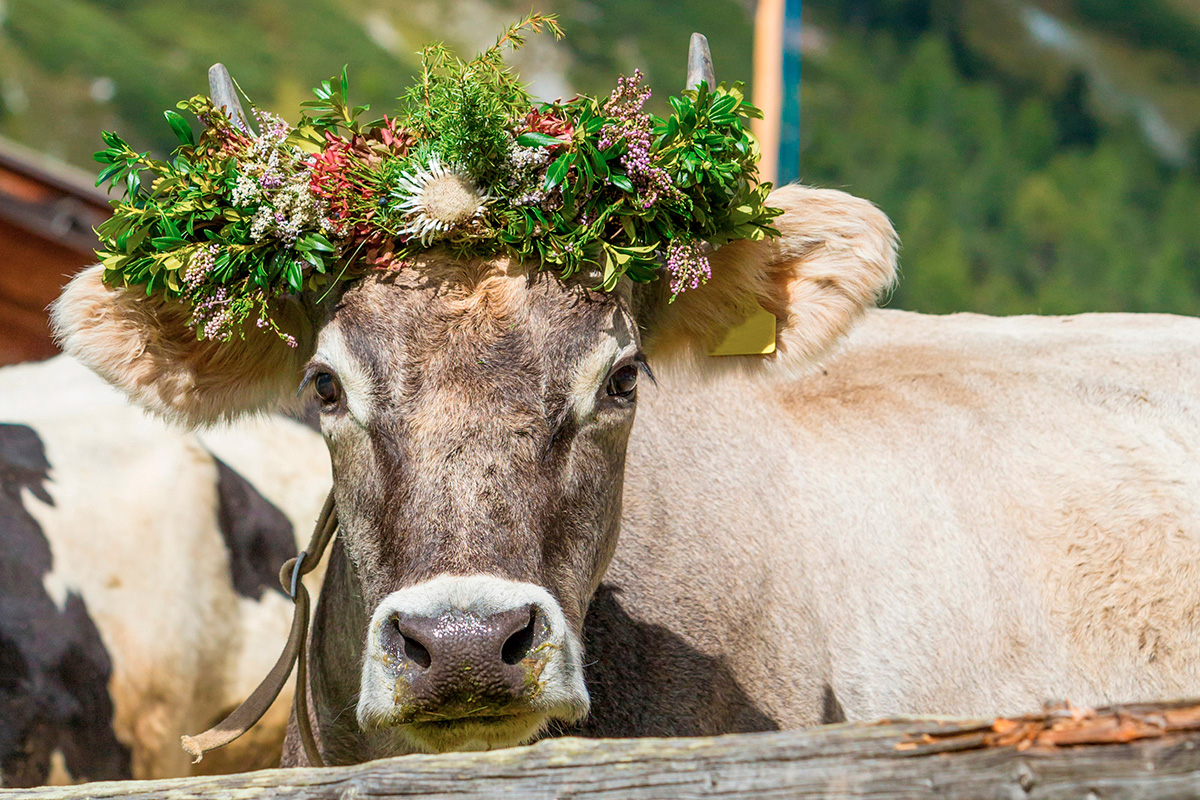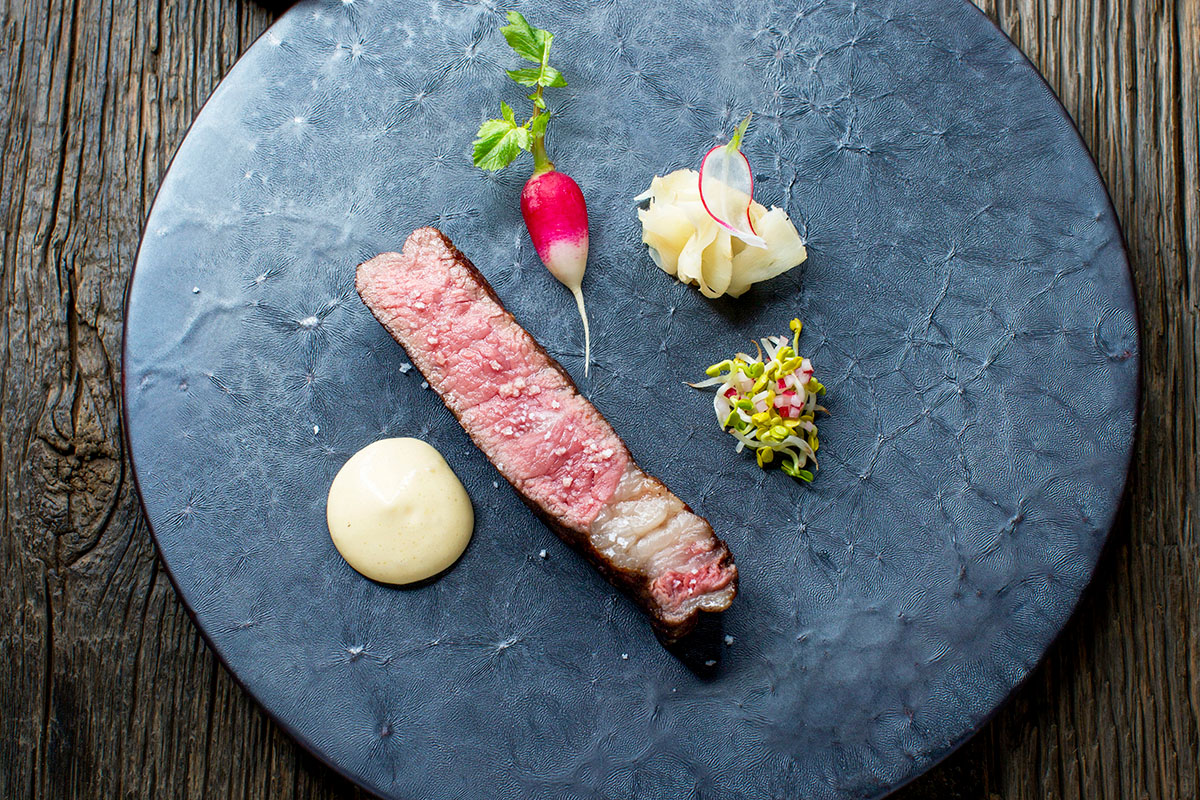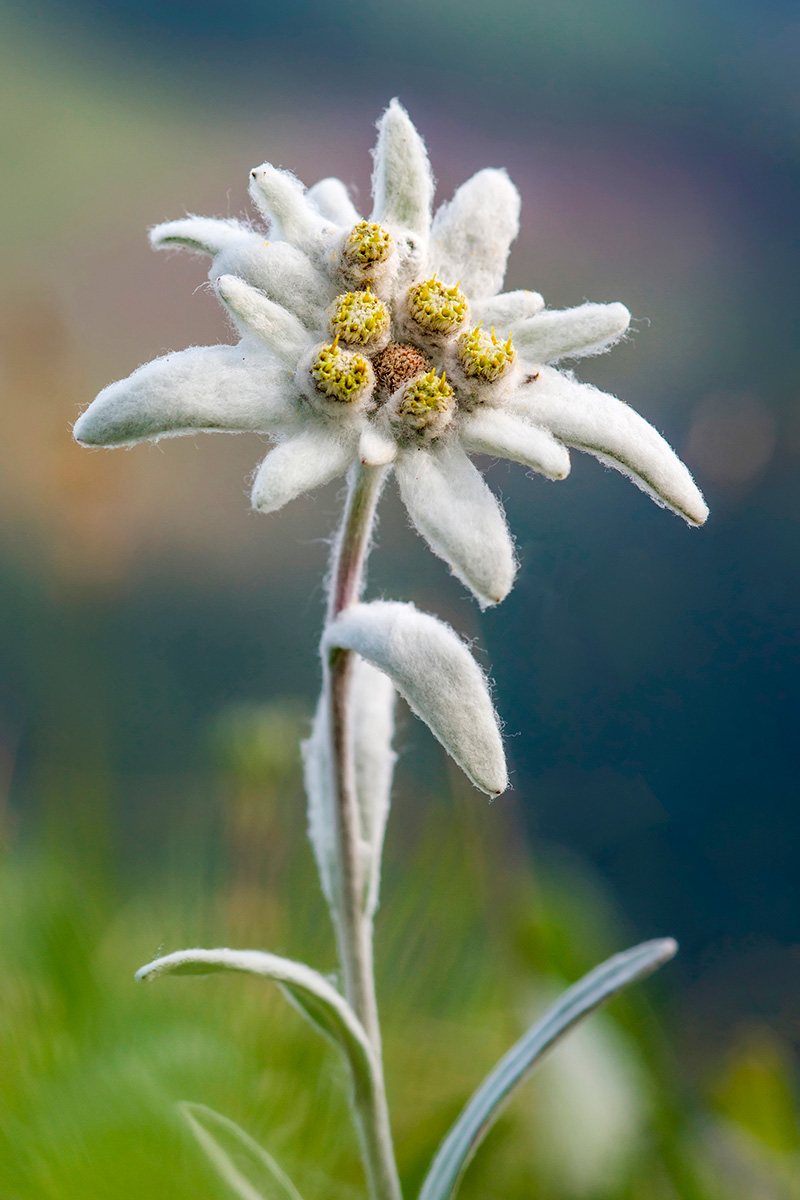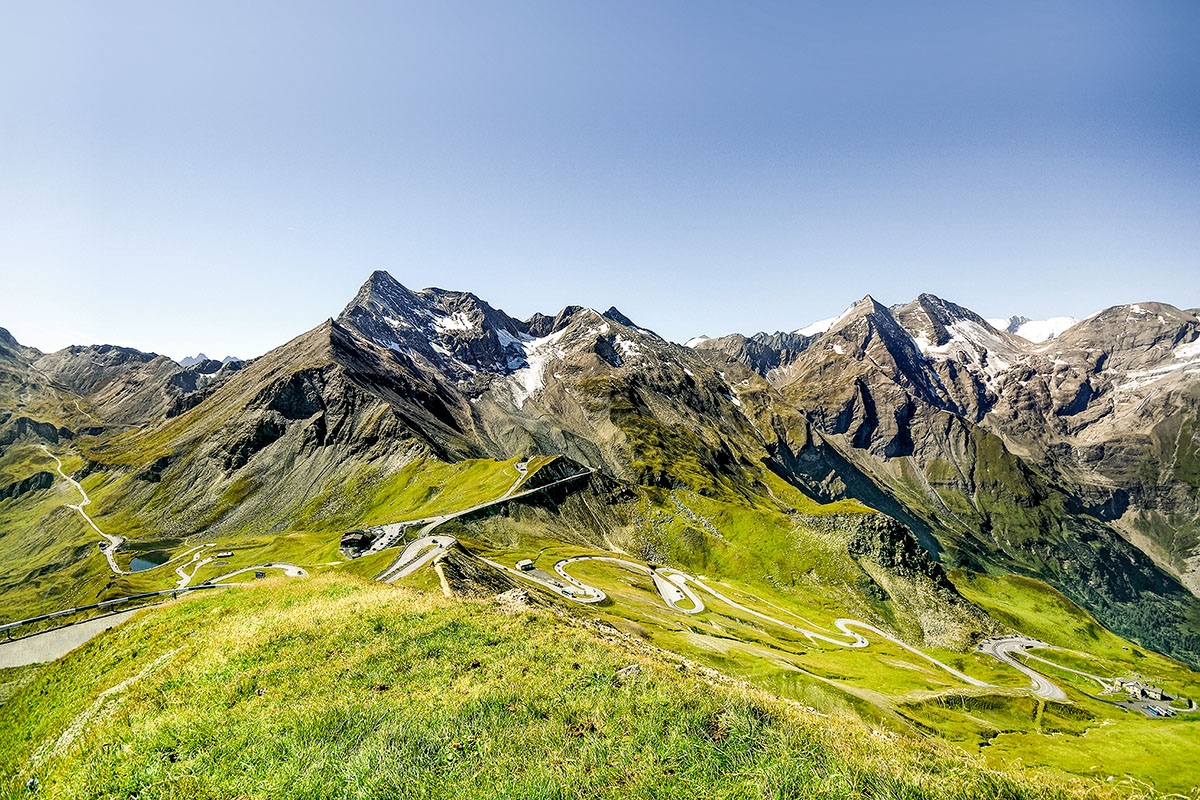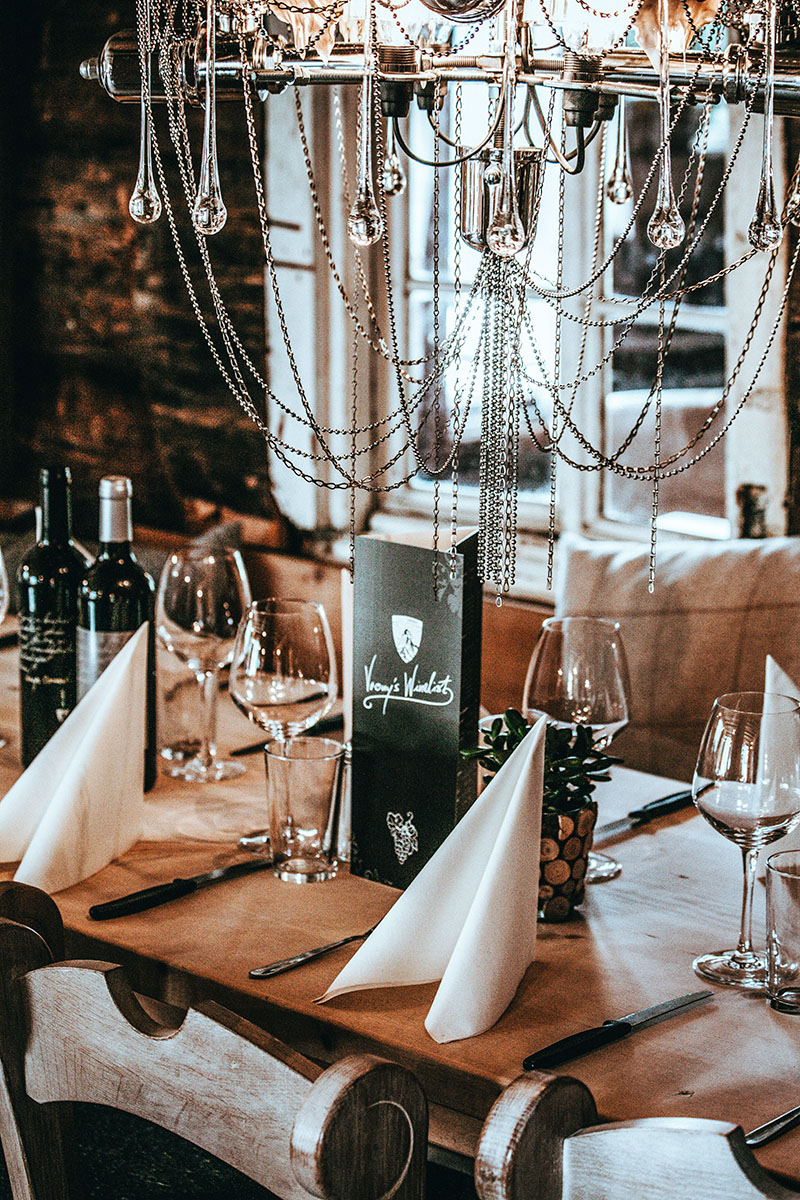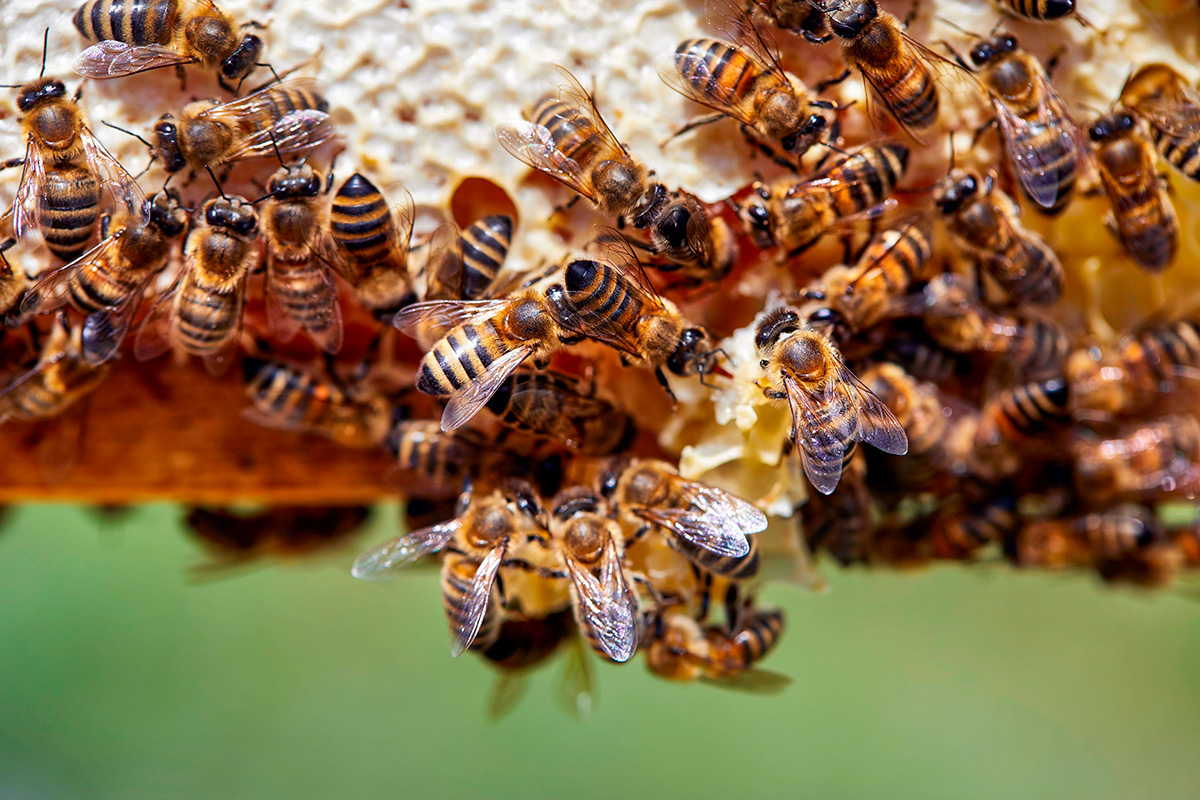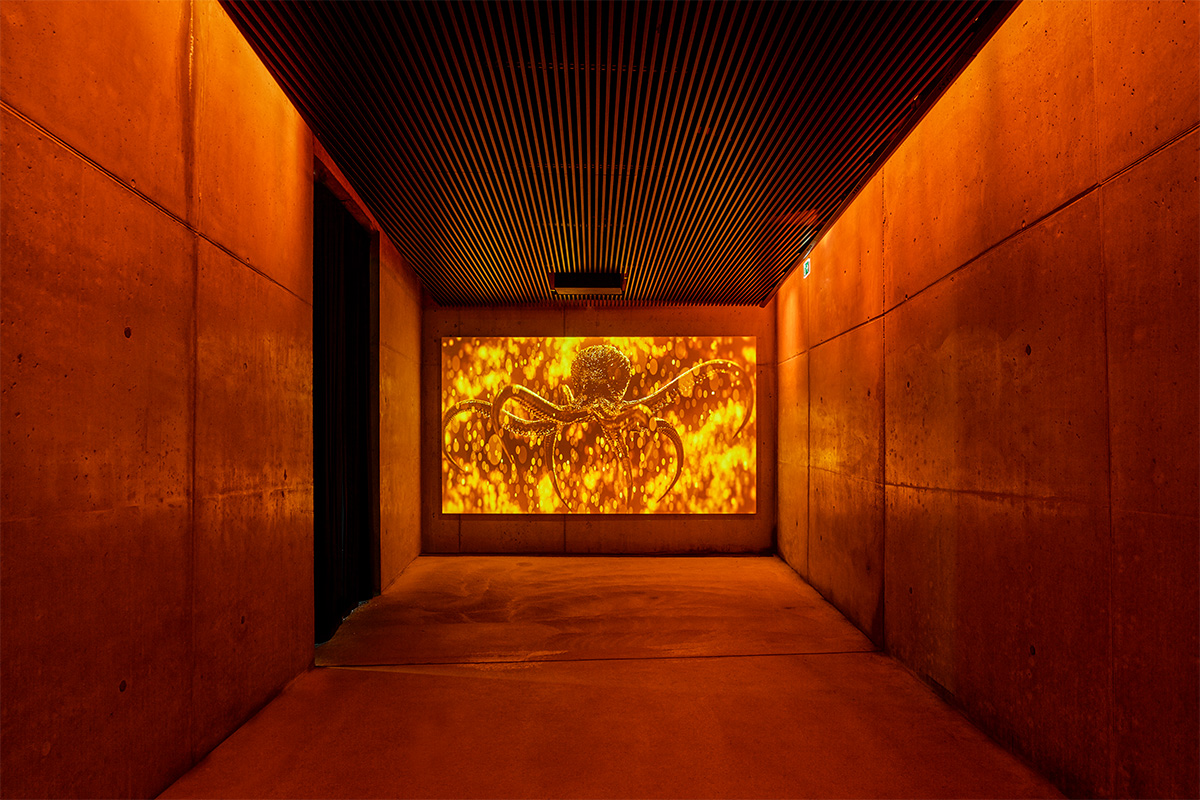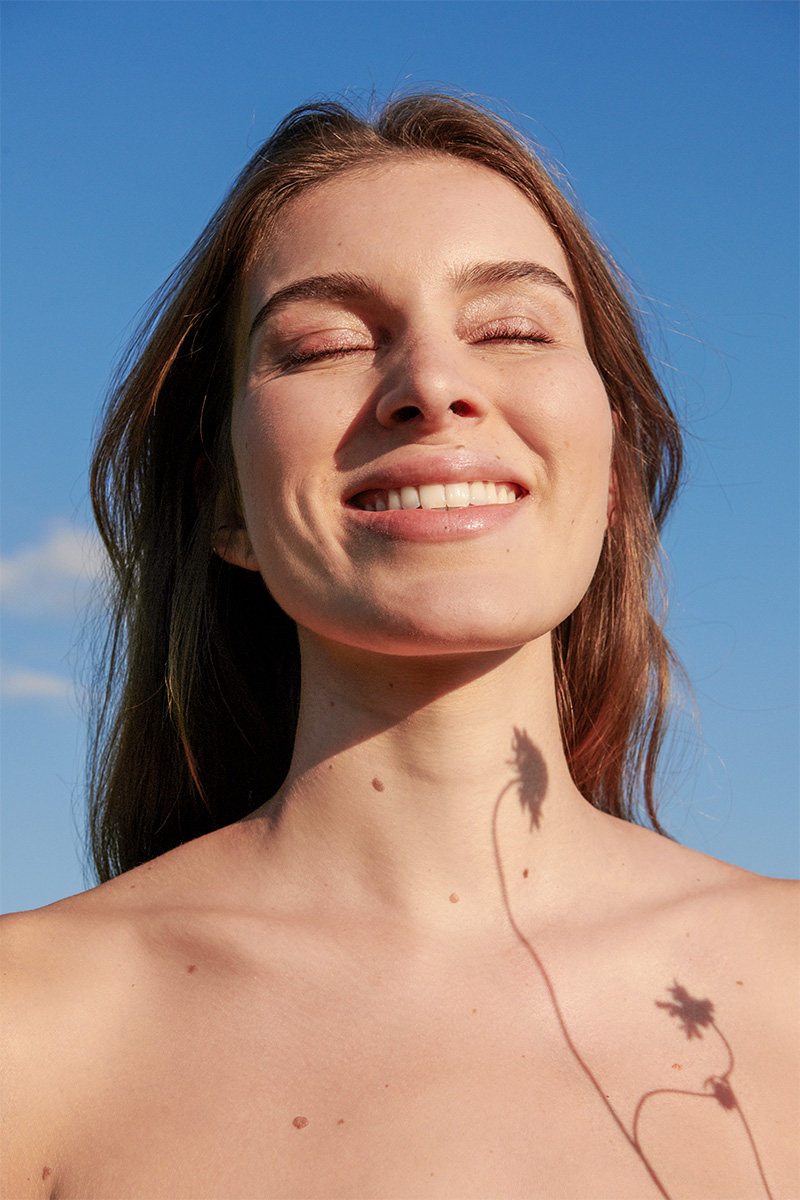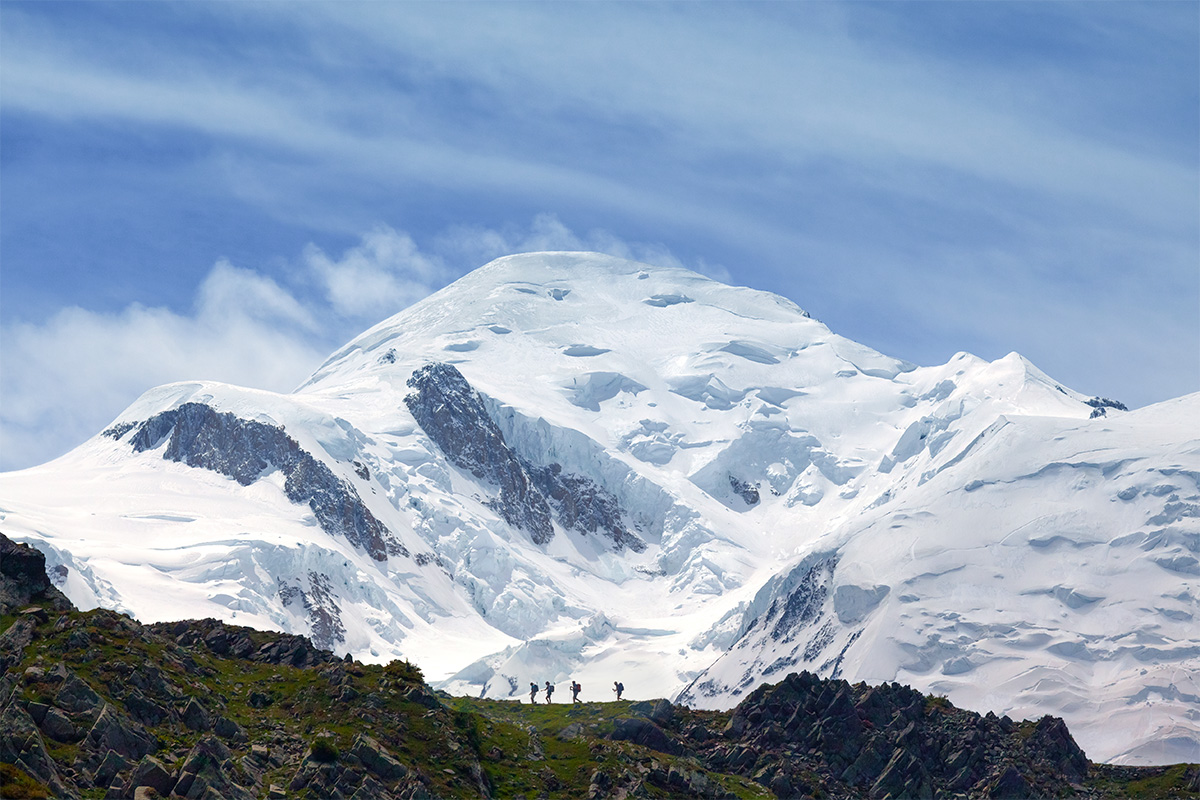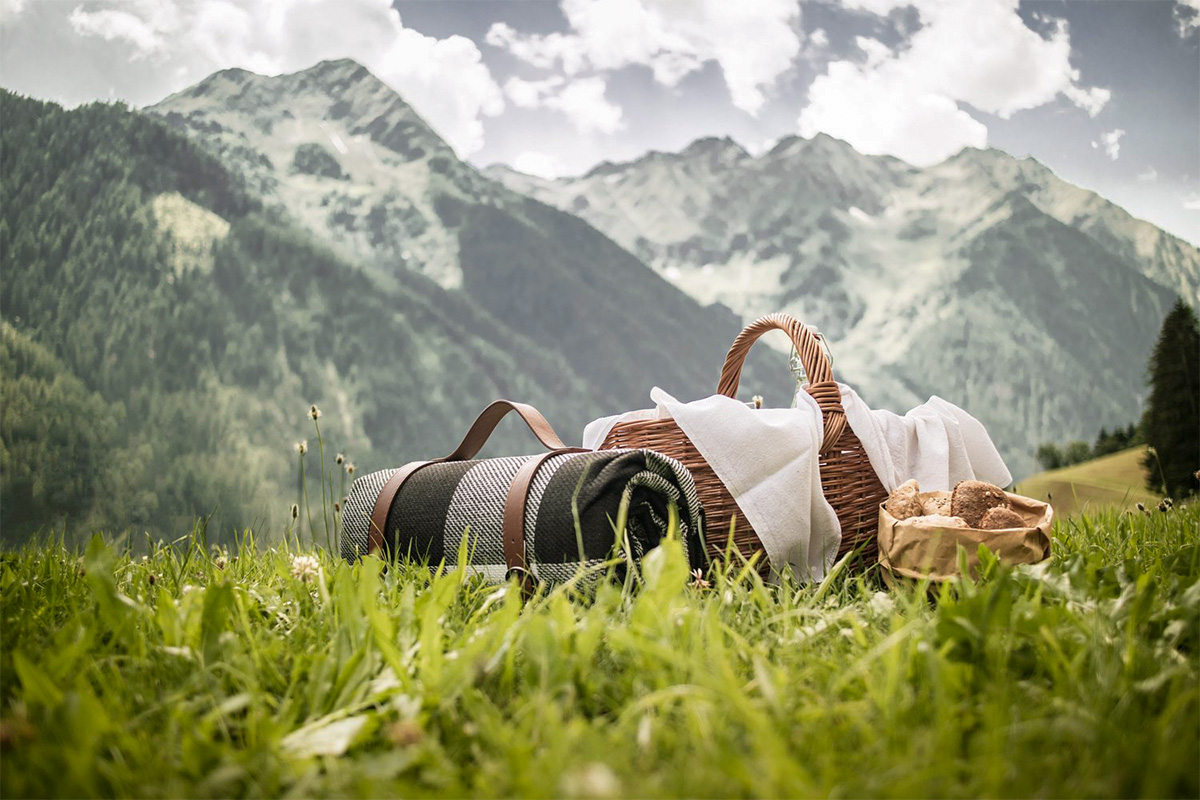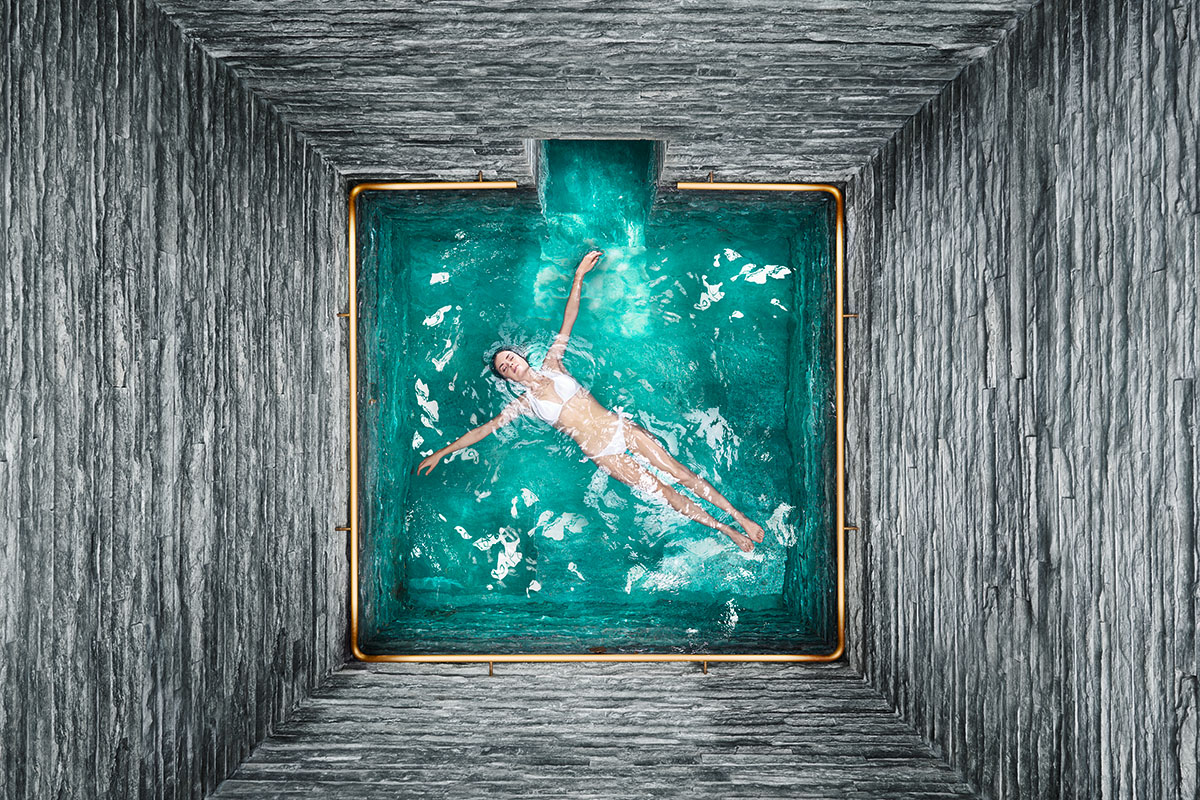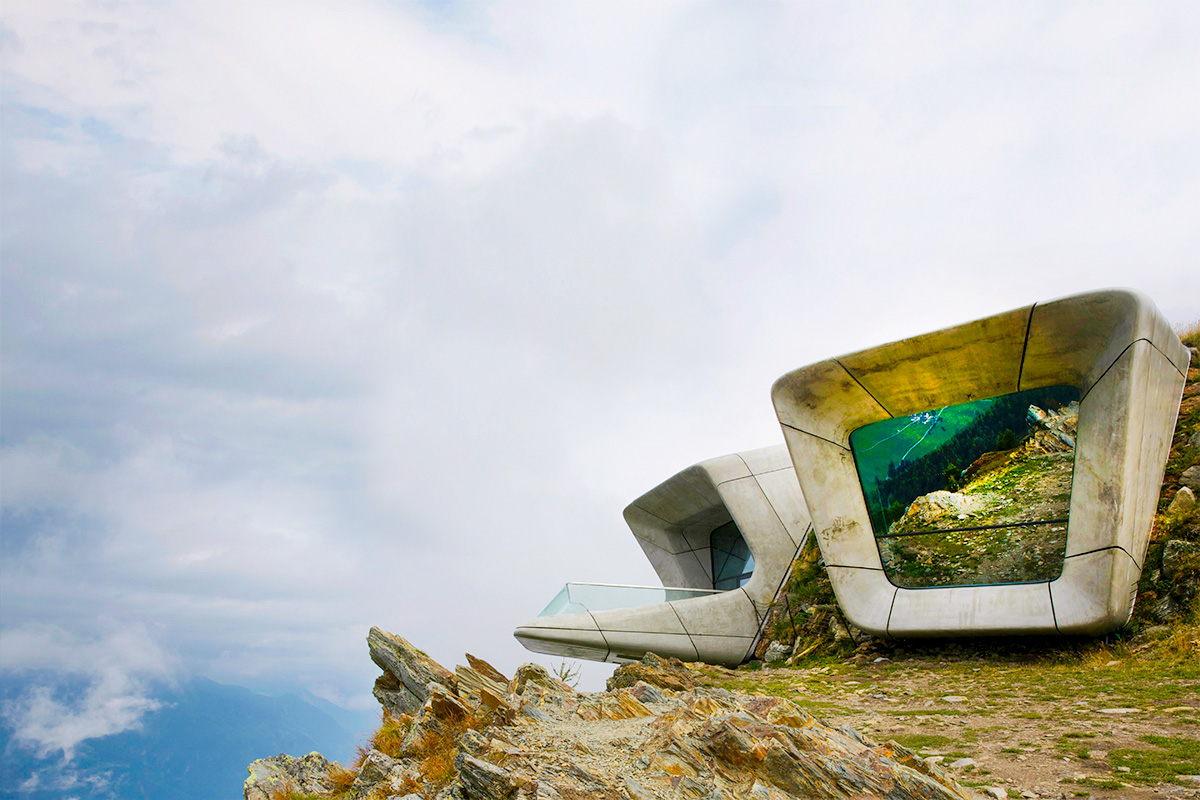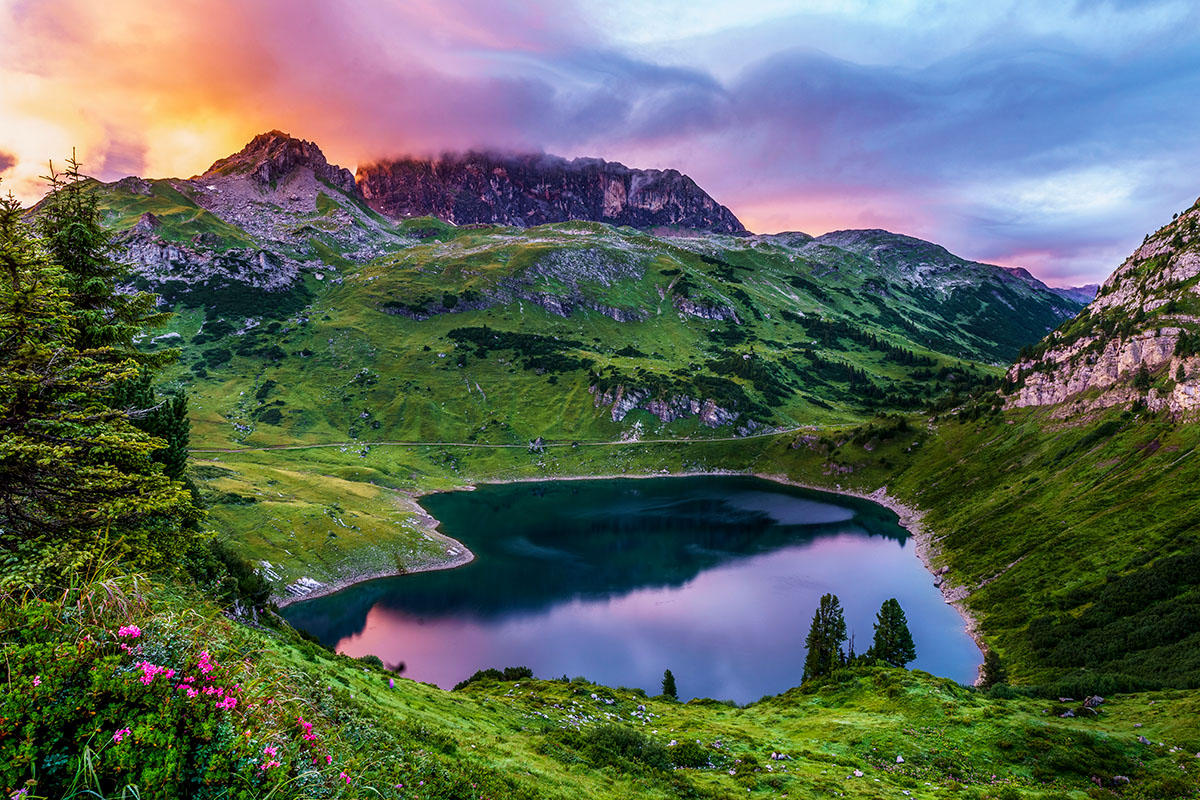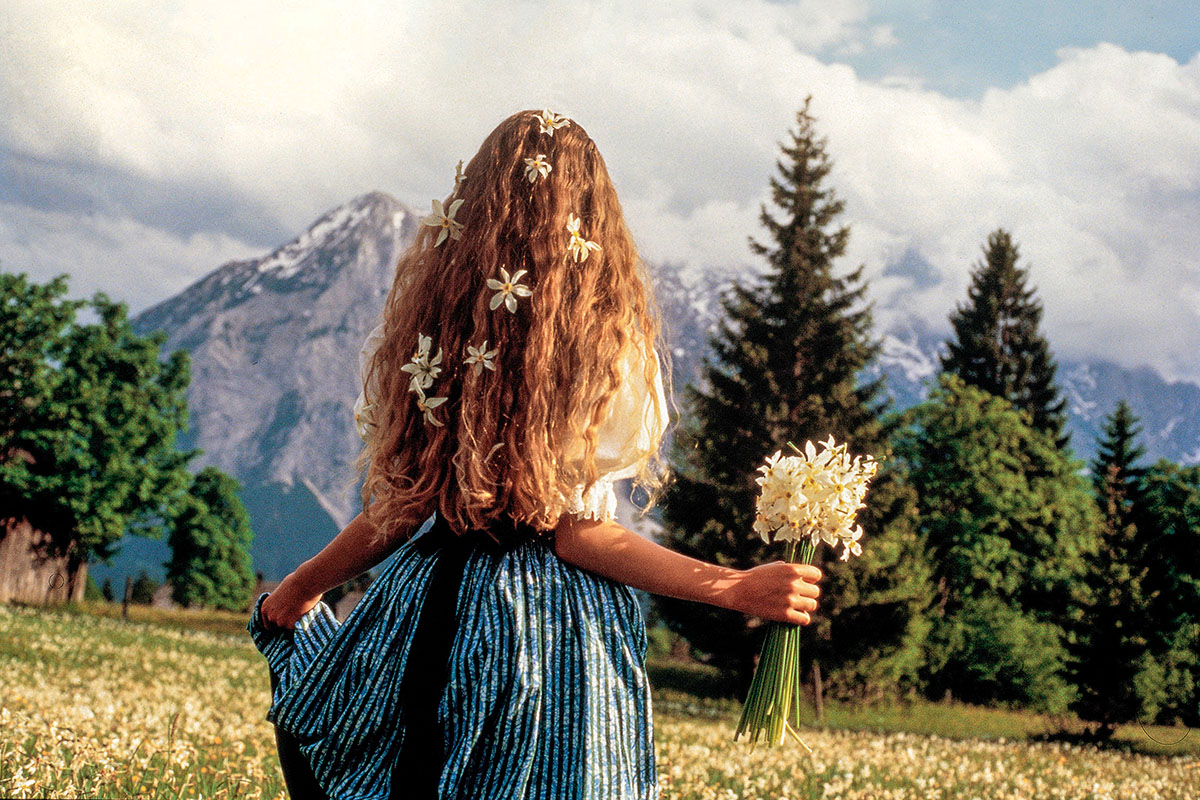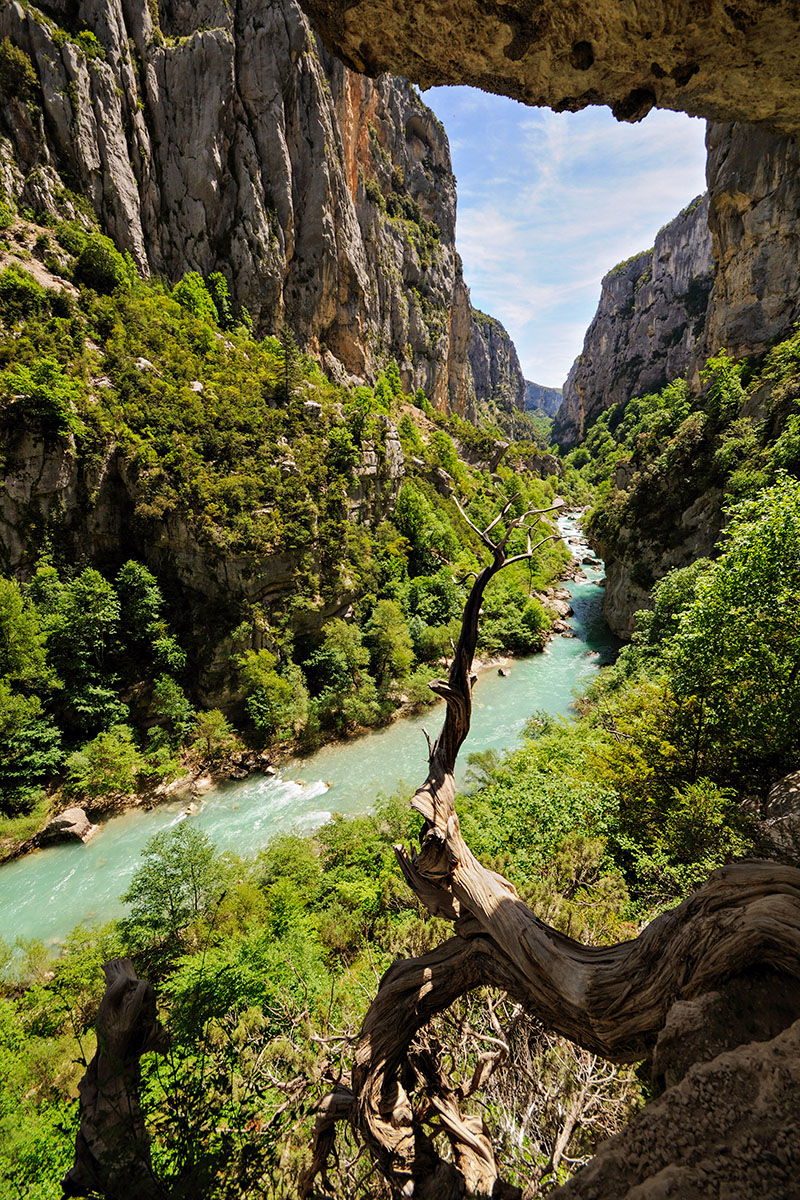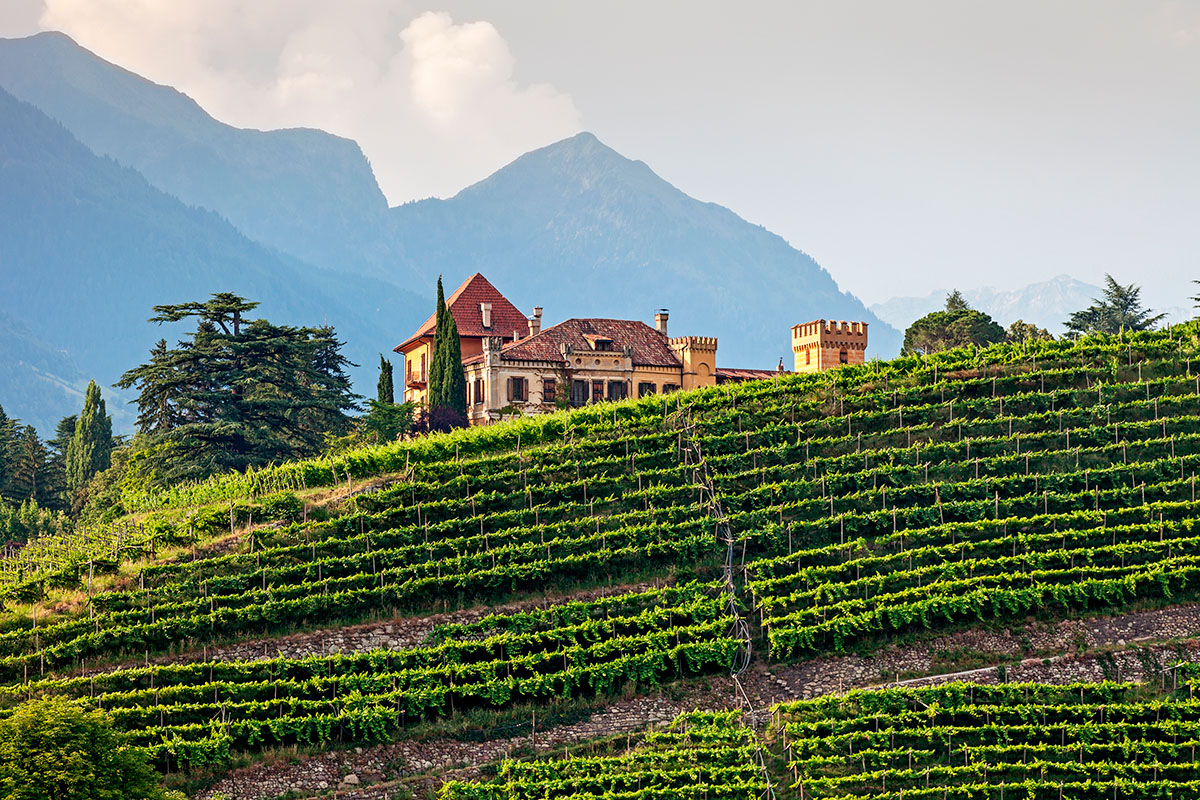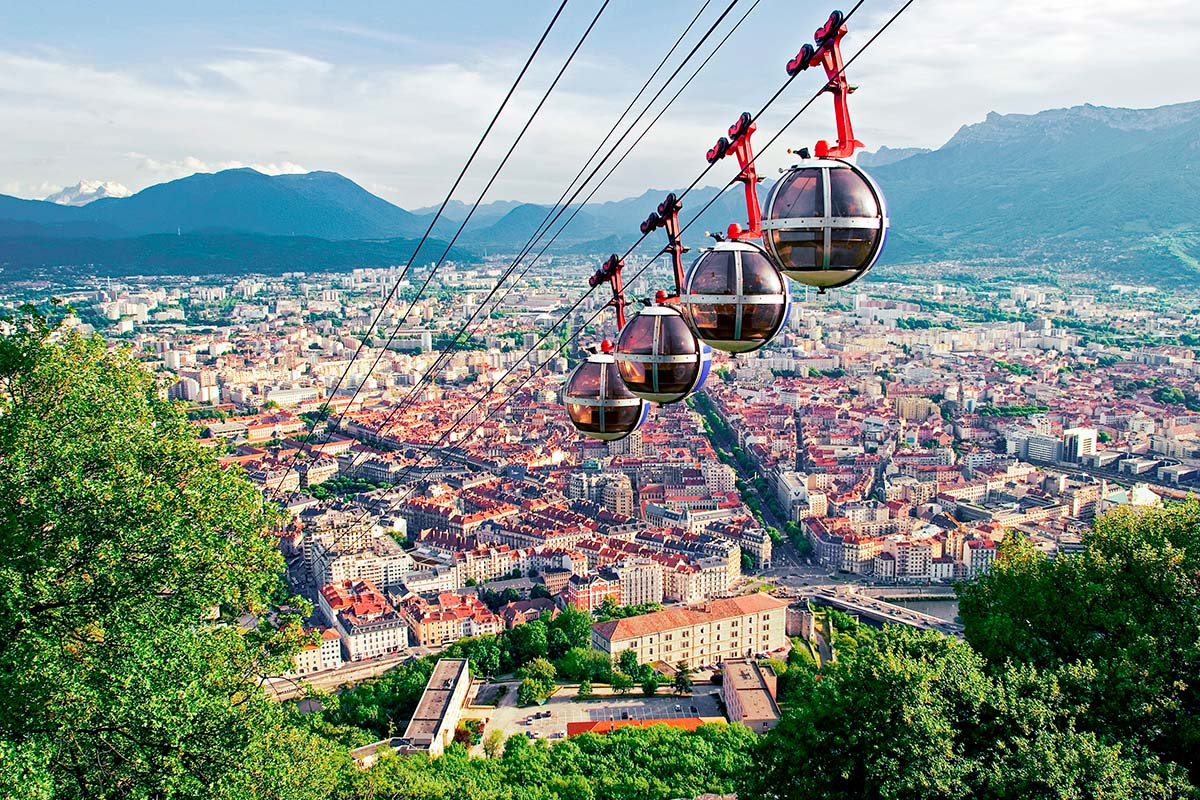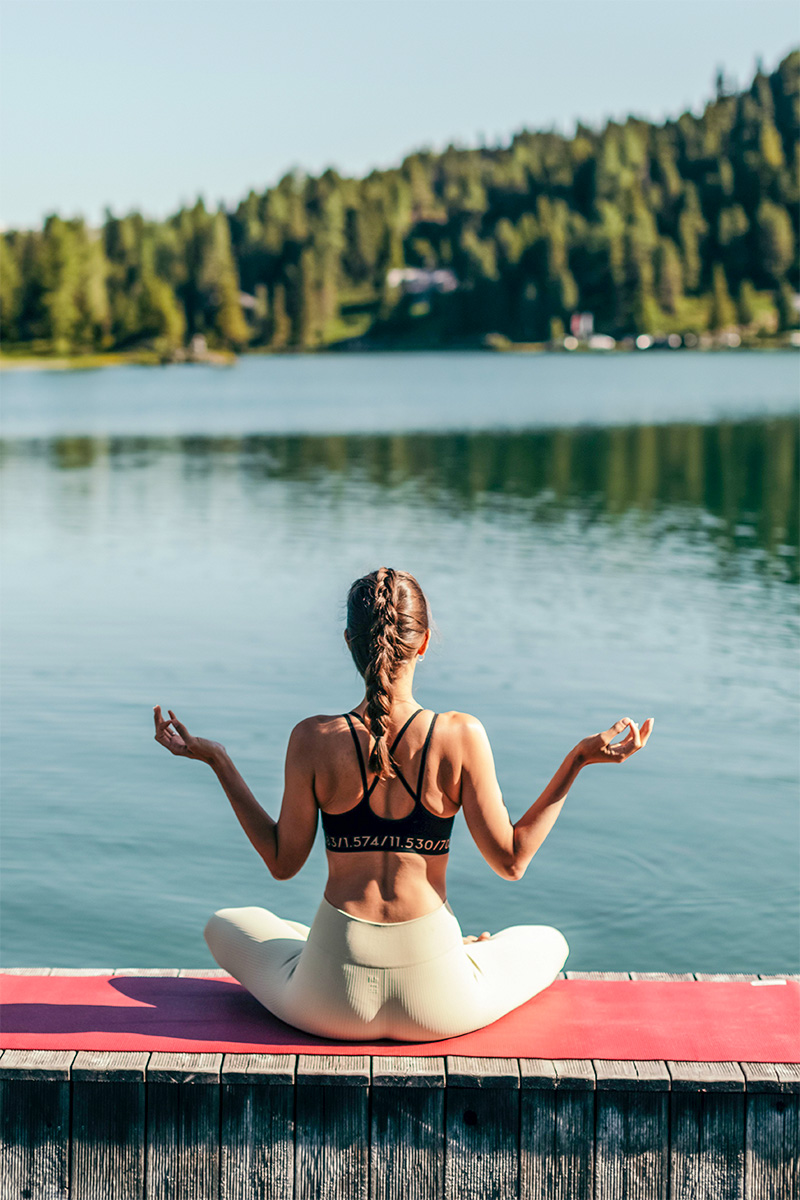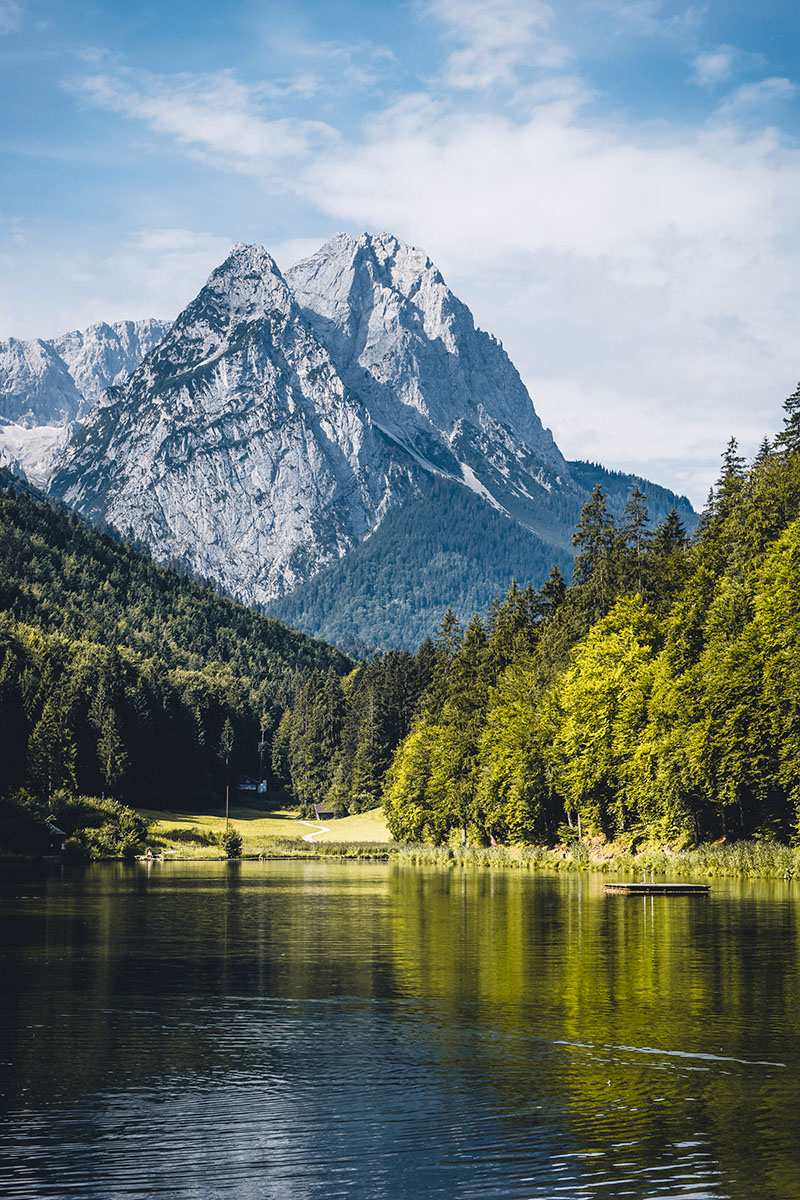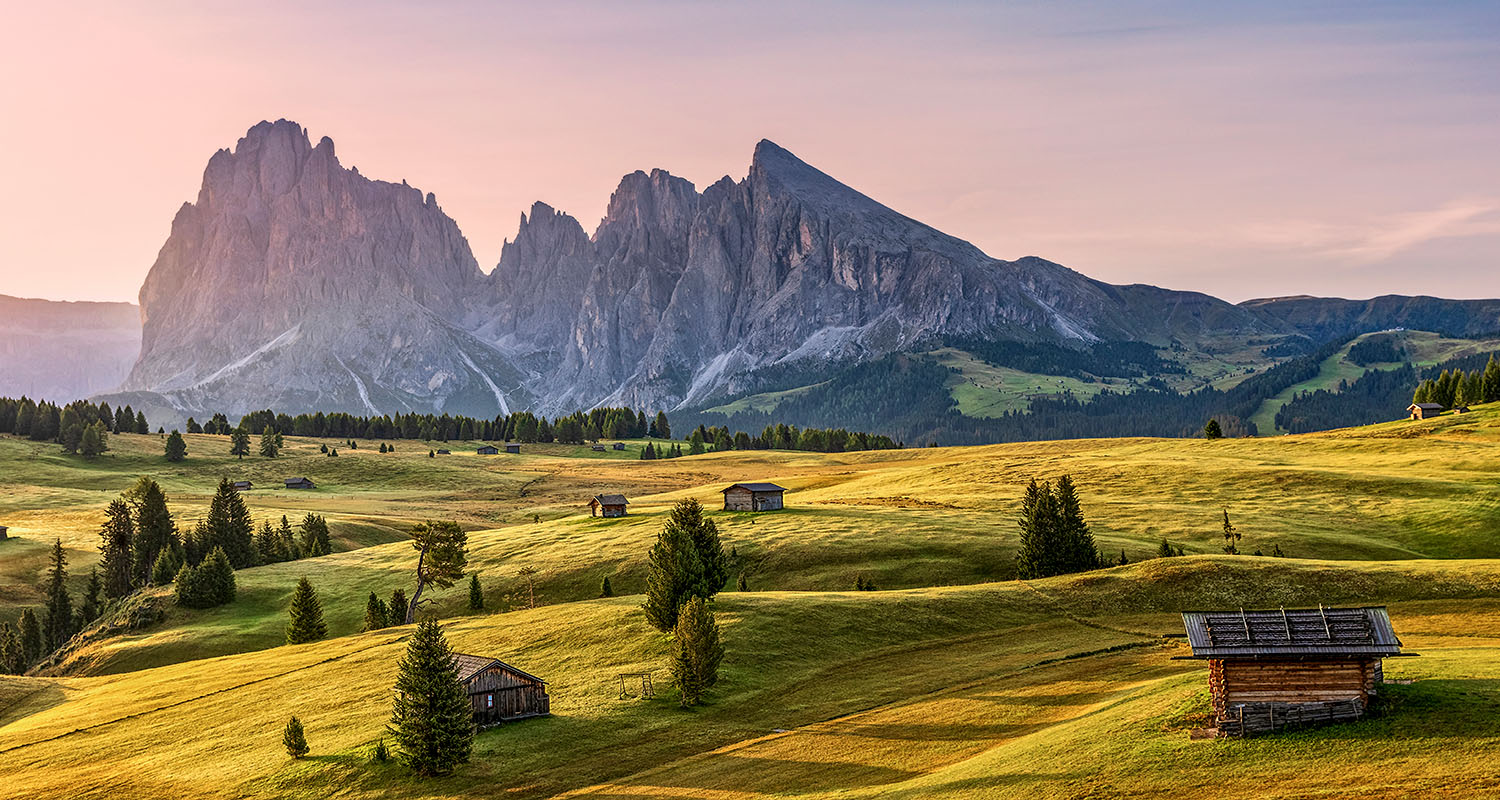
26 Reasons Why the Alps are Always Worth a Trip
From A for Alps to Z for Zugspitze, the alpine regions are always good for a surprise. No matter what time of year, the high mountains always have an undeniable appeal.
July 12, 2023
A for Almauftrieb and Abtrieb
One of the biggest Alpine highlights takes place between May and June: the cattle are brought to the summer pastures, also known as Almauftrieb. As the summer draws to a close, the cows are then driven back to the farm, decorated with branches, ribbons and wreaths of flowers. To thank the dairymen, farmers and shepherds for a good summer, the Almabtrieb is celebrated in a big way: in South Tyrol, the Terentnerhof is the place to be during the Terner Almabtrieb; at Achensee in Austria, the Karwendel plans a very special program each year.
© Adobe Stock
B for barnyard
What could be more idyllic than spending your vacation surrounded by horses, cows, goats and co? Farms such as the Unterschwarzachhof in Austria's Saalbach-Hinterglemm, Sonnwies in Lüsen in South Tyrol and the Hussnhof in Sachsenkam in Germany make it possible. Especially for families with children, stays close to nature offer experiences full of light-heartedness and nostalgia.
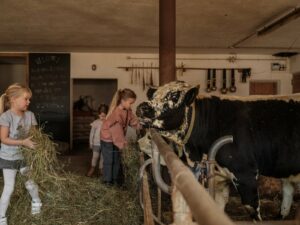
C for Cuisine
Despite regional differences, the cuisine of the Alpine region is characterized by rustic commonalities. Dairy products, grains and meat (often smoked or dried) make up the bulk of traditional Alpine dishes. Meanwhile, however, various top chefs have redefined the cuisine of the Alps and elevated it to an art, such as Andreas Döllerer. His restaurant in the Hallein district of Salzburg is one of the best in all of Austria.
© Jörg Lehmann
D like dirndl
Some things never go out of fashion - in the Alpine countries, it's the dirndl, the traditional dress with a wide skirt and apron that has been a fixture in Alpine society since the 19th century. Even though the shape of the traditional costume has remained largely unchanged for over 200 years, modern variations are anything but old-fashioned.
© Arne Hoffmann
E like Edelweiss
Probably the most symbolic Alpine flower is an icon in its own right. In the past, the white star of the Alps was considered a proof of love - even Emperor Franz Joseph I picked an edelweiss for his wife Empress Elisabeth during a mountain hike on the Großglockner. Due to its popularity, the flower is protected in Austria, Germany and Switzerland and may not be picked.
© iStock
F for Fantastic Rocks
The Alps are a mecca for sports enthusiasts - with their incredible diversity, passionate climbers get their money's worth here. For beginners, there's the Ötztal in Austria, which is also suitable for families with its moderate granite. The Höhlenstein Valley is one of the most popular climbing areas in the Dolomites with its good protection and the indescribable view of the Three Peaks. More challenging are the rocks of Switzerland, which require more experience with their rougher limestone.
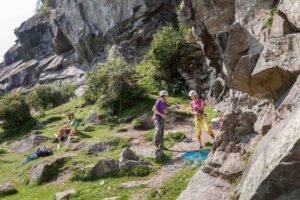
G for Grossglockner
With a height of 3798 meters, the Großglockner is the highest mountain in Austria. It was first explored at the end of the 18th century, and today it's a popular destination for mountaineers. But you don't have to climb the mountain to enjoy the majestic sight - for almost 90 years, the Grossglockner High Alpine Road has been one of Austria's most monumental Alpine highlights. From walks to hikes, nature lovers of all ages will get their money's worth here.
© Wöckinger
H like huts
Originally they served as accommodation for alpine dairymen during summer alpine farming, but over the last 100 years the function of the typical alpine hut has greatly expanded. Those located along hiking trails or ski resorts have become a place to stop for hikers and winter sports enthusiasts. And although alpine huts are often associated with simple dishes, a lot has changed here as well: some of them definitely trump with top cuisine.
© provided
I for beekeepers (Imker)
When spring arrives in the Alps, it brings with it a special variety of blossoms - and the beekeepers based here benefit from this, enabling them to obtain 50 single-variety honeys. Far away from monocultures and without the use of pesticides, incomparable alpine honey is produced. The quantity is secondary, the alpine beekeepers look first and foremost at quality: only the highest quality products ultimately end up in the jars of, for example, Tyrolean alpine honey, the Alpine beekeeping Jörg from the Allgäu or Alpuris in the canton of Solothurn.
© mauritius image
J for James Bond
Daniel Craig was not the first 007 to be on a secret mission in the Alpine region: in On Her Majesty's Secret Service George Lazenby was already active on the Schilthorn in Switzerland. The Piz Gloria restaurant, which served as a backdrop for the film, still attracts Bond fans from all over the world. St. Moritz and Chamonix have also been gloriously staged on the silver screen over the years. Most recently, Daniel Craig stirred up the Tyrolean mountains in 2015 with Spectre: in the James Bond experience world 007 Elements in Sölden, visitors can immerse themselves in the alpine adventures of the British secret agent.
© Elements
Reading Tip: Great cinema in Sölden
K like kraut and herbs
The healing properties of various herbs have been known since time immemorial - in spring, the anti-inflammatory yarrow, the cold-relieving quender and the wound-healing ribwort are in bloom. From March you can also collect the leaves of the detoxifying nettle.
© Werner Elmer Photography
L for Lovely Cross-country skiing trails
Even if spring has long since arrived in the valley, there are some cross-country ski trails in the Alps that are still perfectly groomed until April. In Tyrol, for example, you can enjoy cross-country skiing in the sunshine in the Kitzbühel Alps, in Ischgl or in the Pitztal, and in Salzburg the Rossbrand high-altitude trail is still waiting in the off-season. In Switzerland, the cross-country skiing mecca Goms, in Lenzerheide and also in the Upper Engadine still offer the opportunity to get on the trails in spring.
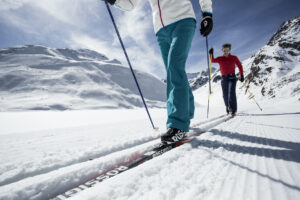
M for Mont Blanc
At the border between France and Italy, the highest mountain in the Alps awaits at 4807.81 meters. The great white, as the Mont Blanc is also called, represents a challenge even for very experienced mountaineers. However, those who face it will be rewarded with unforgettable views. And although the summit can only be reached on foot, a gondola can still be used to reach the top station on the Aiguille du Midi at 3842 meters.
© Getty Images
N like National Parks
Immerse yourself in nature, marvel at regional flora and fauna, and simply unwind - Alpine national parks protect outstanding natural landscapes and impress with the diverse beauty of the mountain world. Nature lovers will find the largest national park in Central Europe in Austria: the Nationalpark Hohe Tauern, at 1856 square kilometers, it's the largest protected area in the Alps and attracts visitors with 15,000 animal species, 3500 plant species and 300 peaks. The waterfalls here are among the highest in the world.
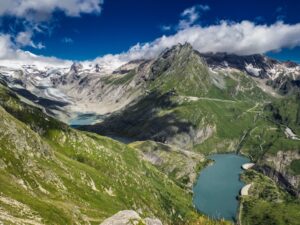
O like Oetzimuseum
The Iceman: since 1991, Ötzi, the find on the Schnals Valley glacier, has fascinated the world. The glacier mummy from the Copper Age, discovered by chance by mountain climbers, can now be admired in the South Tyrol Museum of Archaeology in Bolzano - a unique experience, because never before has such an old and well-preserved mummy from the Neolithic period been found. The museum provides insight into the probable life, state of health and possible circumstances of death of this man of the ice.
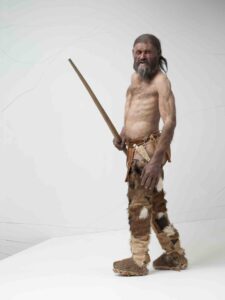
P like picnic
It's no secret that the alpine regions play all the pieces when it comes to culinary delights. What could be better in spring than enjoying the delicacies of alpine cuisine at a picnic?
In Salzburg's St. Johann, a number of idyllic picnic spots await, for example on the banks of the Salzach River - the local tourism association even offers picnic baskets with regional delicacies
by advance order. At Alpenhotel Kitzbühel guests have the special opportunity to enjoy picnics at Schwarzsee.
© provided
Q for Quiet Wells in the mountains
The powers of spring water have been known for centuries - even in ancient times it was used to prevent and cure a variety of diseases. It's said that the water that bubbles from mountain springs is even rejuvinating. The benefits of Ötztal thermal water can be enjoyed, for example, at AQUA DOME, Tyrol's exclusive alpine spa; one highlight is the floating bowls, where you can enjoy the incredible feeling of weightlessness.
© 7132 Hotel
R for Reinhold Messner
The extreme mountaineer from South Tyrol was the first (together with Peter Habeler) to reach the summit of Mount Everest without bottled oxygen. Likewise, Messner was the first to stand on the summits of all 14 eight-thousanders. The legacy of the former Member of the European Parliament is recorded in the Messner Mountain Museum (MMM), an Alpine highlight at six locations in the grandiose landscape of South Tyrol and Belluno.
© mauritius image
S for Silent Lakes
What could be more refreshing than jumping into the cool water after an extensive mountain hike? The most beautiful lakes in the Alps await with crystal clear water and unbeatable views. In the Oberallgäu, strong-willed hikers are rewarded with a time out at Schrecksee, which beckons with one of the most picturesque panoramas in the Alps. Mountain fans will find variety at the Lünersee in Montafon, where, in addition to hiking, climbing tours and fishing are on the agenda.
© Nicolas Glauser / travelita.ch
Reading tip: The most beautiful mountain lakes in Austria
T like tradition
Centuries-old traditions are an integral part of Alpine identity. Some, like yodeling, are found in many Alpine countries, while others, like the Ausseer Narzissenfest, are unique. Another annual Alpine highlight is the extensive Solstice bonfires, which celebrate the beginning of summer. These are particularly spectacular on the Tyrolean Zugspitz Arena - since 2010, these have even been an intangible UNESCO cultural heritage site.
© provided
U like Urigkeit
Hardly any word describes the cozy atmosphere of the Alpine countries as well as rustic, in German, urig. This refers to the rustic ambience of Alpine huts and the like, which exude warmth and comfort with lots of wood and patterned fabrics. Since 2013, the hotel collection Pretty Hôtels has brought together the most beautiful accommodations where the highest value is placed on authenticity. For example, on Lake Chiemsee, the Albererhof awaits in a quiet natural setting with eight vacation apartments in two historic houses.
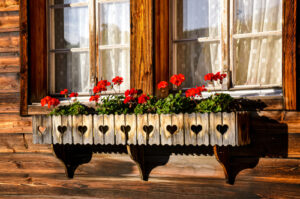
V for Verdon Gorge
One of the greatest highlights of the Alps can be found in French Provence: spectacular gorges, an emerald green river, incomparable views and exciting grottos make up the Verdon Gorge. Colloquially called the Grand Canyon du Verdon for its 250-meter-high rock walls, sports enthusiasts will find a wide variety of activities here: parts of the gorge can be navigated by whitewater kayaks and canoes, and hiking and climbing tours are also worthwhile.
© Getty Images
W like wine
What many do not know: the Alps are home to some of the most interesting wine regions in Europe. In the Swiss Grisons, wineries like that of Martha and Daniel Gantenbein produce excellent Pinot noir, but also Chardonnay and Riesling in smaller quantities. Ticino, despite its alpine location, is already very Mediterranean in character - here the Merlot from Cantina Kopp of Crone Visini can rival the best from Bordeaux.
© Getty Images
X like XXL
Higher, bigger, better: the Alps are the epitome of superlatives. In French Grenoble, the largest city in the Alps, the Bulles, the gondolas of the inner-city cable car, are an absolute highlight: in just five minutes, you can reach the Bastille Grenoble, a 19th-century fortress. At an altitude of 2764 meters, the Col de l'Iseran on the eastern edge of the Savoy Alps is the highest mountain pass in the Alps that can be crossed. The longest tunnel in the Alps, the Gotthard Base Tunnel, is located in Switzerland and, with a length of 57.1 kilometers and it's even the longest railroad tunnel in the world.
© mauritius image
Y like yoga
One of the most conventional poses in yoga, Tadasana, is also called the mountain pose. Coincidence - or a sign that the mountains are made for yoga? In harmony with nature and with majestic peaks in the background, you definitely feel extra encouraged to pursue the millennia-old teaching. And the hype has definitely reached the top as well. Two Alps Highlights: at the mama thresl a hotel in Salzburger Land, you can take part in the annual Yoga Mountain Days; on Turracher Höhe, the Hotel Hochschober offers its own Yoga on the Mountain weeks.
© Hotel Hochschober
Z like Zugspitze
With an altitude of 2962 meters, the Zugspitze is Germany's highest mountain. However, the very highest peak of the Wetterstein Mountains doesn't belong to Germany alone; part of it also belongs to Tyrol's Zugspitz Arena. Year after year, thousands of mountain-loving visitors travel to climb to the top of the Zugspitze and enjoy the beautiful panorama. One of the highlights is the AlpspiX viewing platform, from which you can look down 1000 meters - or you can simply gaze at the impressive mountain world around you.
